Fluid Spaces, embracing the dunes as a shifting landscape
Daniel Elkayam, Claudio della Schiava, Riko Tamekuni, Anahat Bharaj
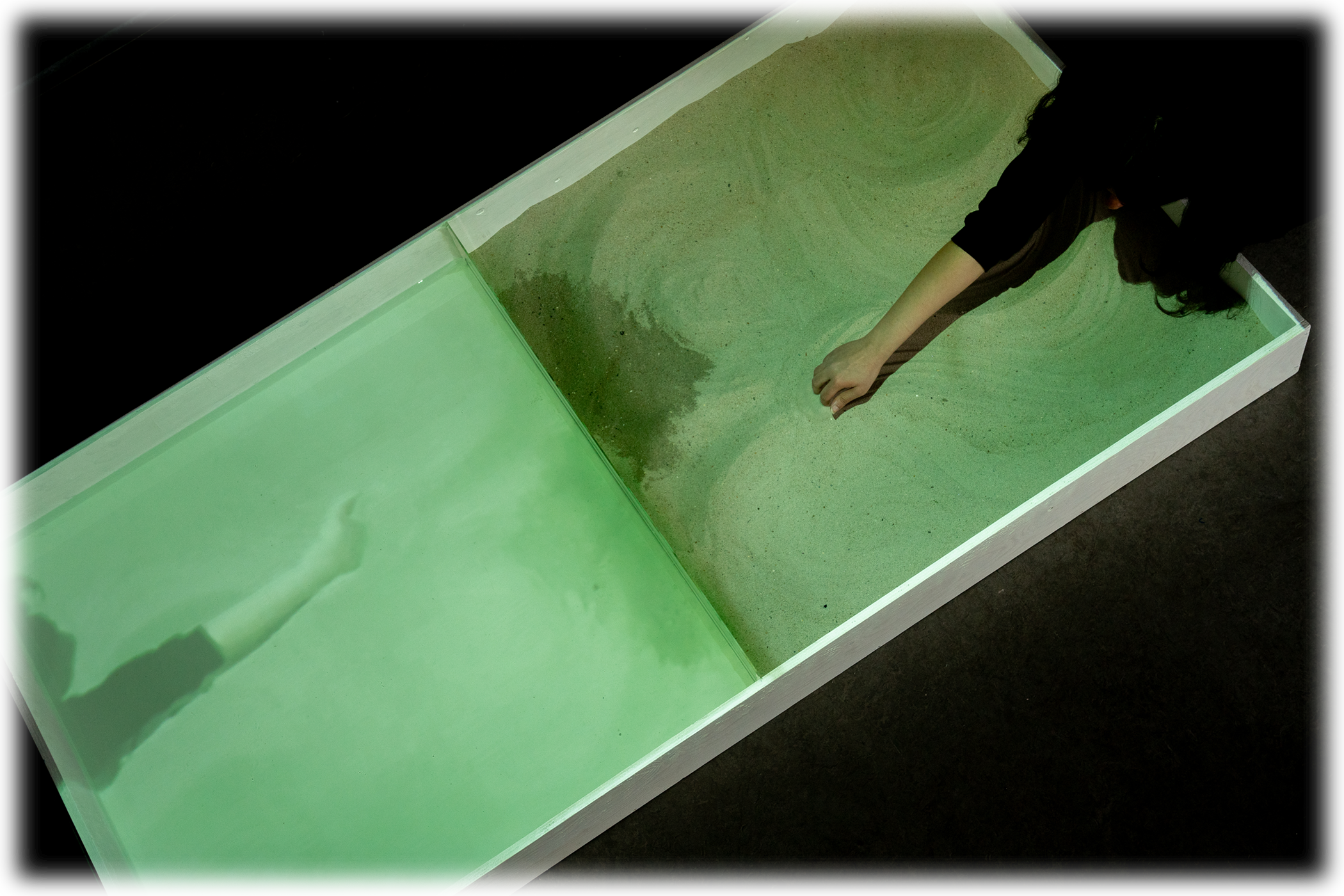

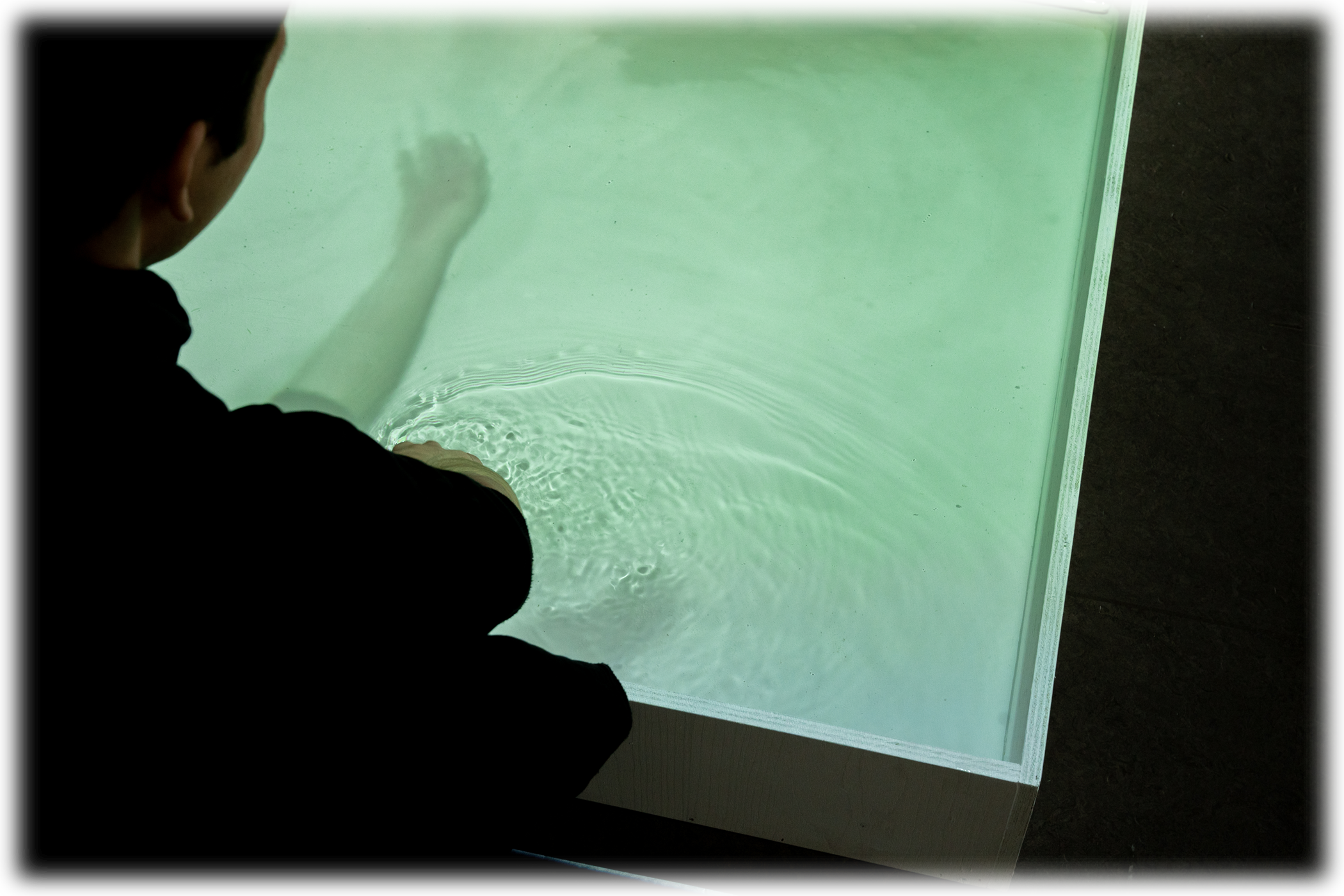
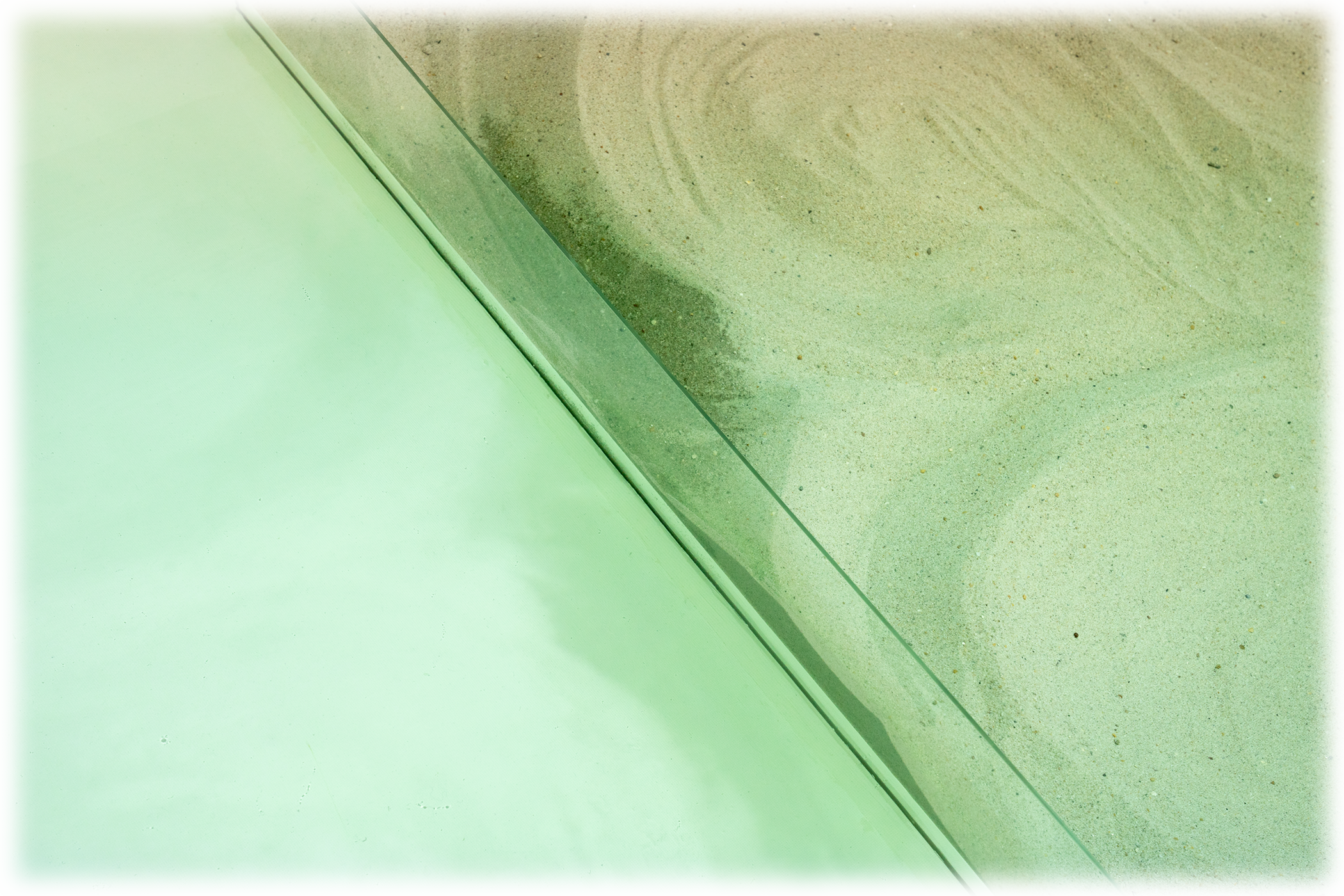
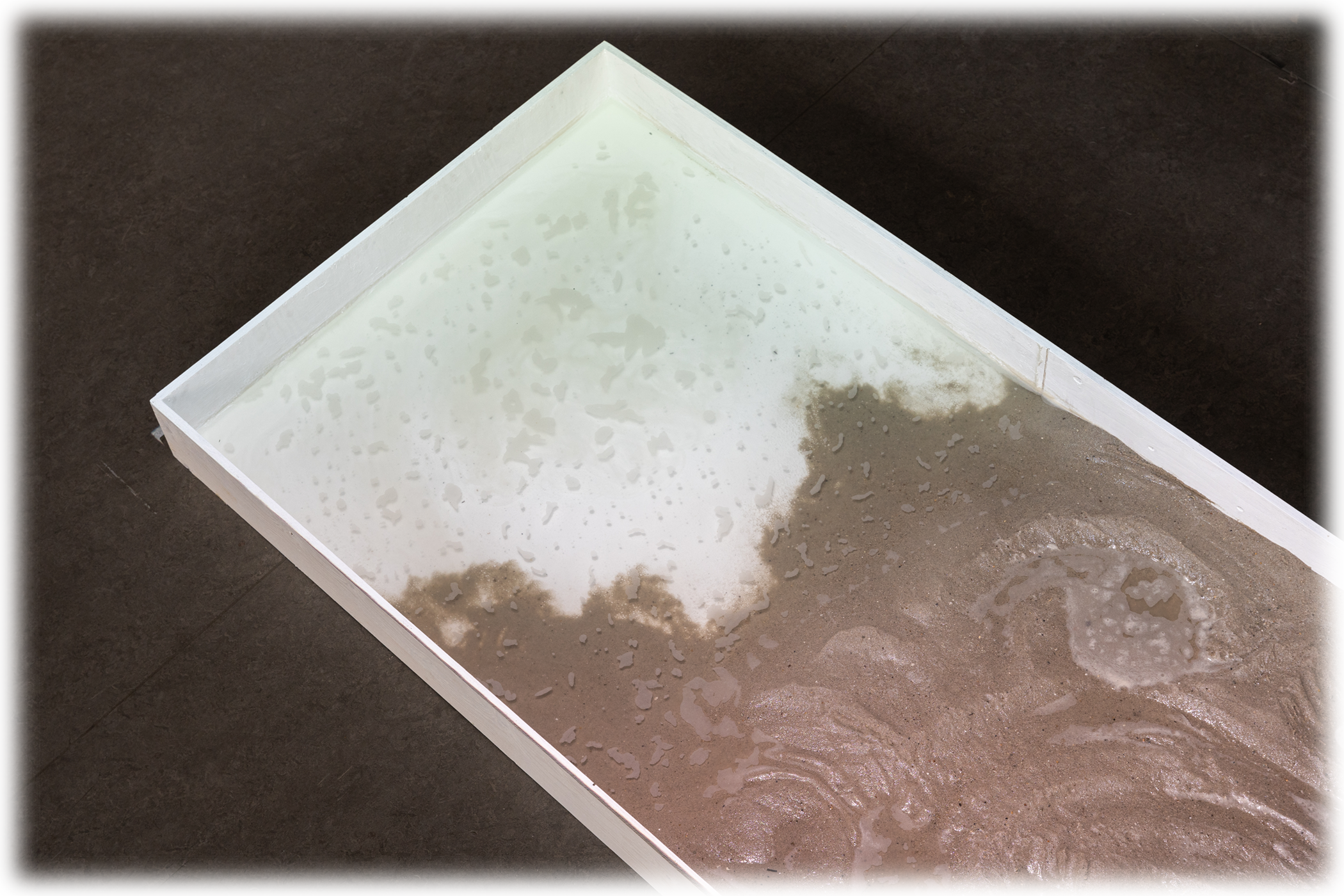
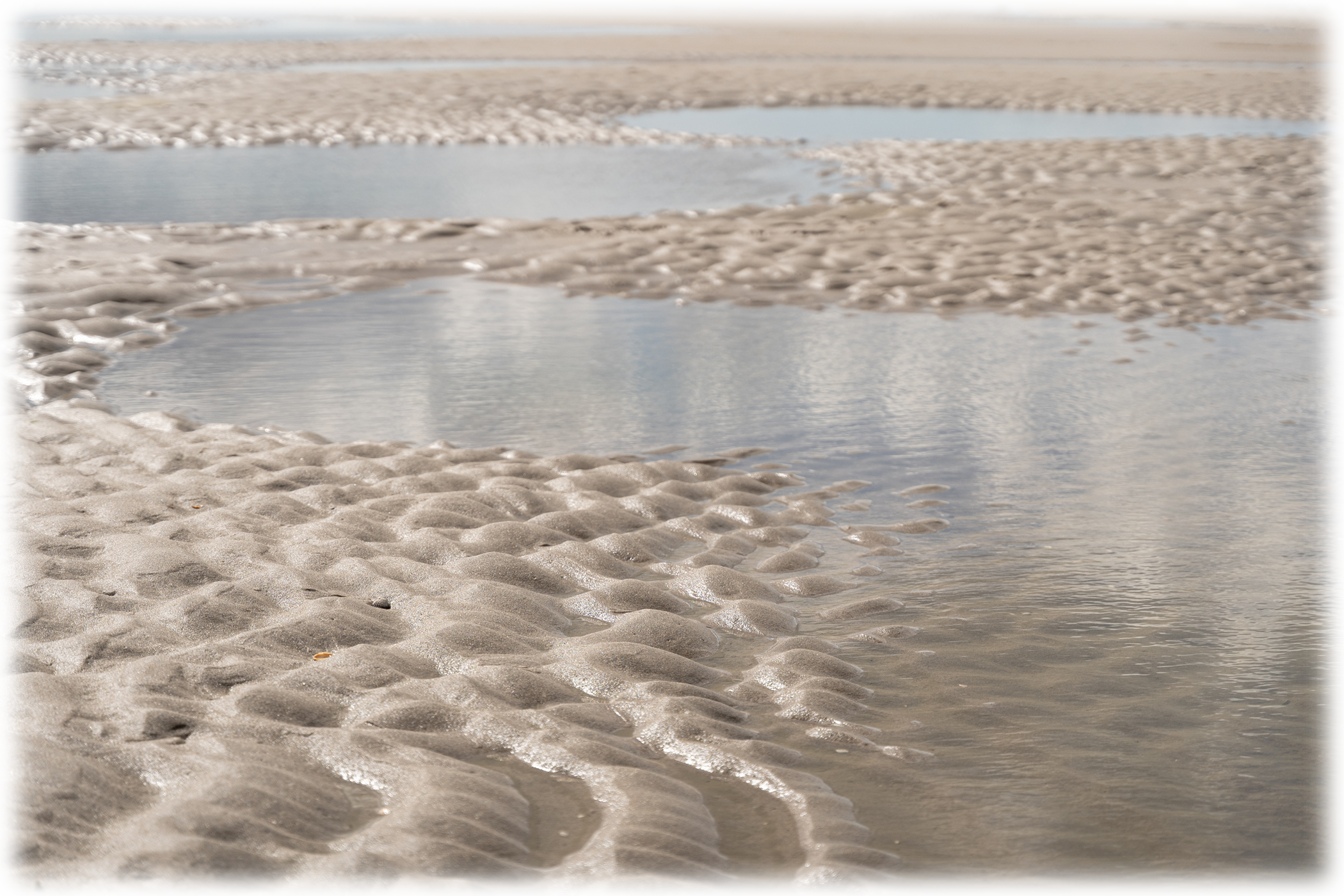
In “The Invention of Rivers”, Dilip Da Cunha challenges the separation between land and water in cartographic representations, highlighting the various states in which water exists, arguing that every water entity is an open field of wetness that permeates through landscapes.
Delving deeper into this concept, we explored how the Sand Motor watershed in the Hague can represent a spectrum of wetness and noticed the dunes’ fluid, ever-changing nature as they shifted in the wind. Sand and water flow similarly, and we realised that sand can archive and illustrate the movements of water through it. We aim to capture this dynamic relationship, following the movement of both sand and water, and how, together, they shape a landscape. In this context, dunes are a transient landscape at the edge of the terrestrial and the marine, a landscape that is in perpetual flux and whose form is constantly changing.
Through the interactions of wind, water, sand, and time, dunes emerge as crucial actors in delicate ecosystem cycles. These ephemeral landscapes transcend the boundaries between land and water – within them, subterranean systems are formed and water is filtered and collected, sustaining life and fostering biodiversity. With Fluid Spaces, we aim to deeply explore the interconnectedness of these elements and the impossibility of their separation.
It’s in the nature of dunes to be in constant motion. Modernist approaches to ecological planning have established a desire for control, leading to the paradoxical endeavour of stabilising the dunes. In the Netherlands, the long-term artificial reduction of dune dynamics represents a huge threat to local ecosystem cycles – extensive stabilisation practices may offer short-term security but hinder the dunes’ ability to shift and evolve, stifling biodiversity and diminishing their capacity to collect water.
Through our installation, we advocate for the rewilding of the dunes, recognising their inherent fluidity as a condition to be restored and sustained. By embracing an attitude of “Becoming Mud”, we emphasise the need to shift towards a more organic, open-ended model that fosters flexibility and adaptation, and away from mechanistic models characterised by stability and control.